Media | Articles
Thought these 5 classics would go up forever? Think again
The latest update to the Hagerty Price Guide looked pretty normal … which struck us as kind of weird. Over the past two years, as collectors paid unprecedented prices for everything from 1960s muscle to 2000s Japanese-market imports, we’ve become accustomed to wild and wide-reaching gains. Yet as Hagerty Insider crunched the data for the valuation January 2023 update, it became clear that inflation, as well as general economic uncertainty, was finally tamping buyers’ enthusiasm.
As a result, we saw more cars lose value than gain from our last price guide update in October (15.7 percent of the cars in the book were down, compared to 11.2 percent that went up). Many of the losers are rides that have been gaining for a long time—if you missed out on one of the cars below because it became too expensive, maybe there’s hope.
That said, the effects of 2022’s market peak are still with us: some 63 percent of the cars in our guide are worth more this January than they were this time last year. So don’t expect outright bargain basement prices.
1971 Chevrolet Chevelle SS: Down 22 percent since October 2022

The 1968–72 Chevrolet Chevelle is something of a bellwether car—we watch them for swings in the market. That’s partially because there are a lot of them and they sell often. Chevelles are also the sort of vehicle coveted by folks who represent the heart of the collector car market, at least in the United States—well-off enough for discretionary purchases like a collector car but not necessarily wealthy enough to be immune to economic pressures.
For much of 2022, Chevelles from this era gained value at a pace we hadn’t seen since the early 2000s. However, for our latest update, we noted sale prices of big-block 1971 Chevelles are down. Some of this could be particular to the year: The ’71 model year doesn’t get the attention of the ’70 model year, when the Chevelle could be had with the mighty, 450-hp LS6 big-block. Yet there’s also little doubt that these venerable muscle cars are also signaling prevailing trends in the market.
Marketplace
Buy and sell classics with confidence
1967–70 Shelby GT500: Down 12 percent since October 2022
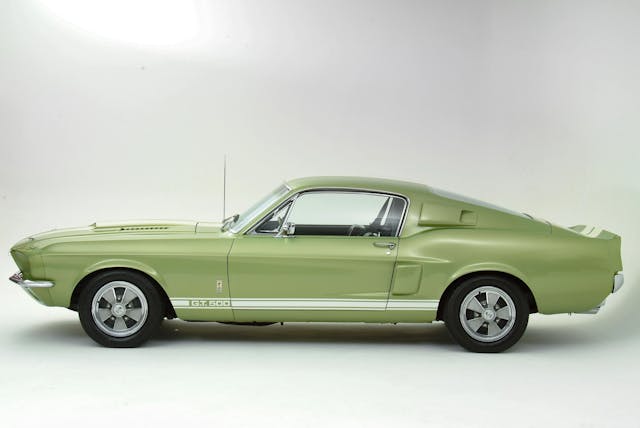
As with other big-ticket muscle cars, GT500s stepped back a bit toward the end of the year. We’ll admit we were surprised, though, to see the 1967 GT500s on our drop list, considering that it’s the last year that Carroll Shelby had direct involvement in the GT350/GT500.
Mecum Kissimmee, kicking off as we speak with a raft of high-end muscle, will provide important clues as to whether the declines in this segment are temporary or indicative of something larger.
1975–1978 Datsun 280Z: Down 16 percent since October 2022
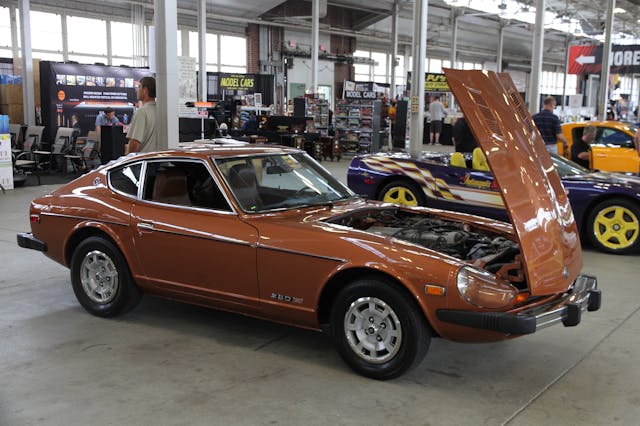
The buried lede here is that the 240Z—a car that has been gaining in value for seemingly forever—has been softening of late. However, the effect of that drop is more profoundly felt in one of the cars that followed it, the 280Z. As the 240Z climbed into the stratosphere, 280Z prices followed, as we’d expect given the principle of substitution. However, with the “real thing” now coming back into the realm of affordability for many collectors, there’s less reason to settle for the rubber-bumper 280Z (even though, to be clear, many of us would be just fine with a 280Z, and appreciate the drivability improvements thanks to its fuel-injected engine).
2004–2006 Dodge Ram SRT-10: Down 13 percent since October 2022
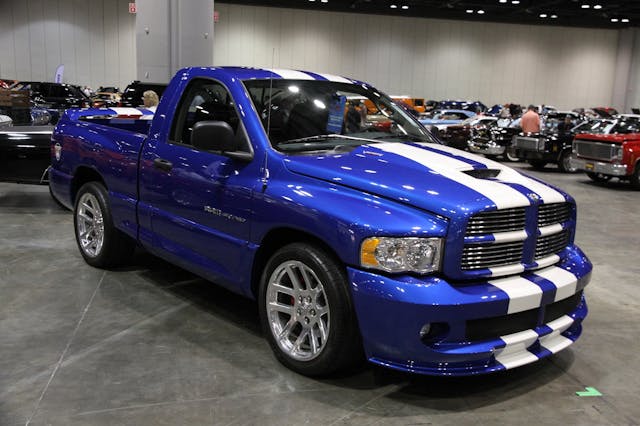
Transactions for Ram SRT-10s, a.k.a Viper Pickups, softened noticeably toward the end of the year, and not just with a few isolated sales. Everywhere you look, these V-10 trucks were going for less. These trucks, much like Datsun Zs, have been on a tear the past couple of years, so this could be the market settling in from its peak.
Note, the drop pertains to the standard cab trucks, which came with manual transmissions. Quad Cabs did not drop because there was already a steep discount for their automatics.
1909–27 Ford Model T: Down 10 percent since October 2022
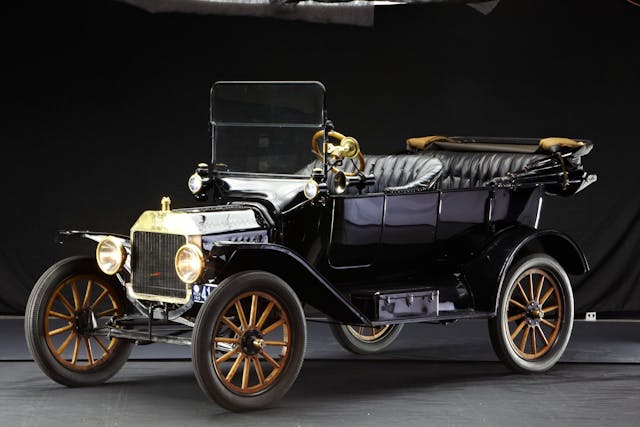
In many corners of the market right now, it’s easy to be convinced prices are still going up based on what sellers are asking. Yet as early as last June, we started noticing that sellers were in many cases trying to cash in on perceived rather than actual appreciation.
This is precisely the scenario playing out with Ford Model Ts at the moment. If you look at what sellers are trying to get for their cars, it looks like the market is up. Completed transactions, however, tell a completely different story. We also saw fewer Ts selling overall in the last quarter of 2022—a sign that buyers are not ready to pay what sellers think their cars are worth.
All this said, it is important to note that fluctuations in the price of the Model T are very small. A double-digit drop, percentage wise, is in many cases a matter of only a few hundred dollars. In this way, too, the venerable Tin Lizzy is indicative of broader market trends: most established classics likely won’t change much in price, no matter prevailing conditions, because the people buying them know precisely what they want and how much it should cost.
Via Hagerty Insider
*
Check out the Hagerty Media homepage so you don’t miss a single story, or better yet, bookmark it.
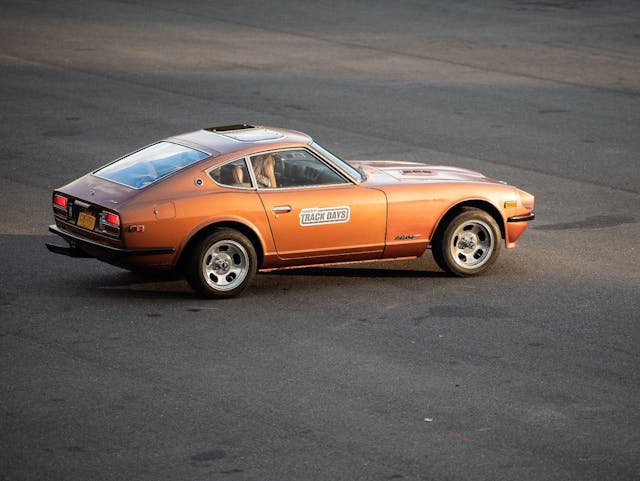









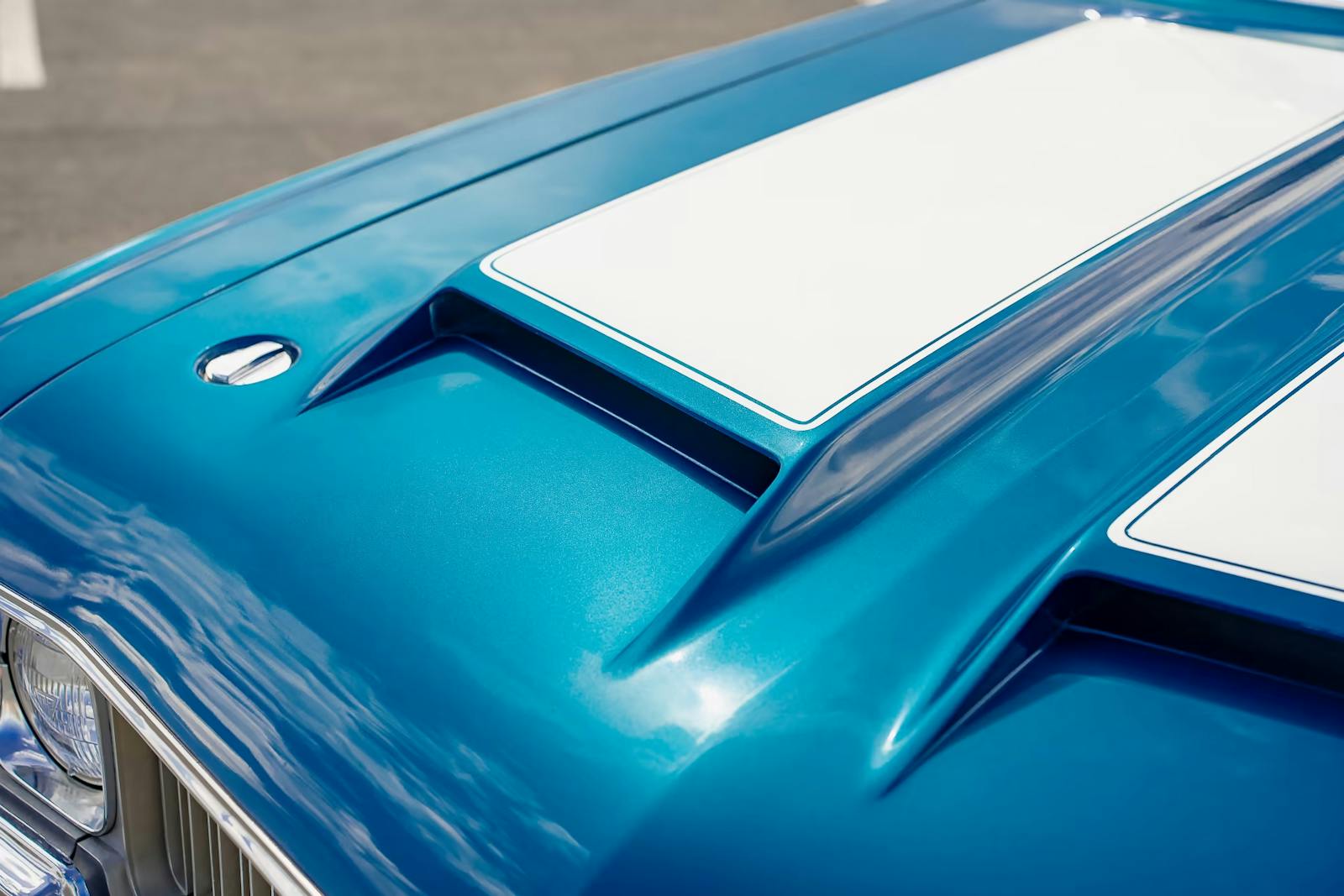




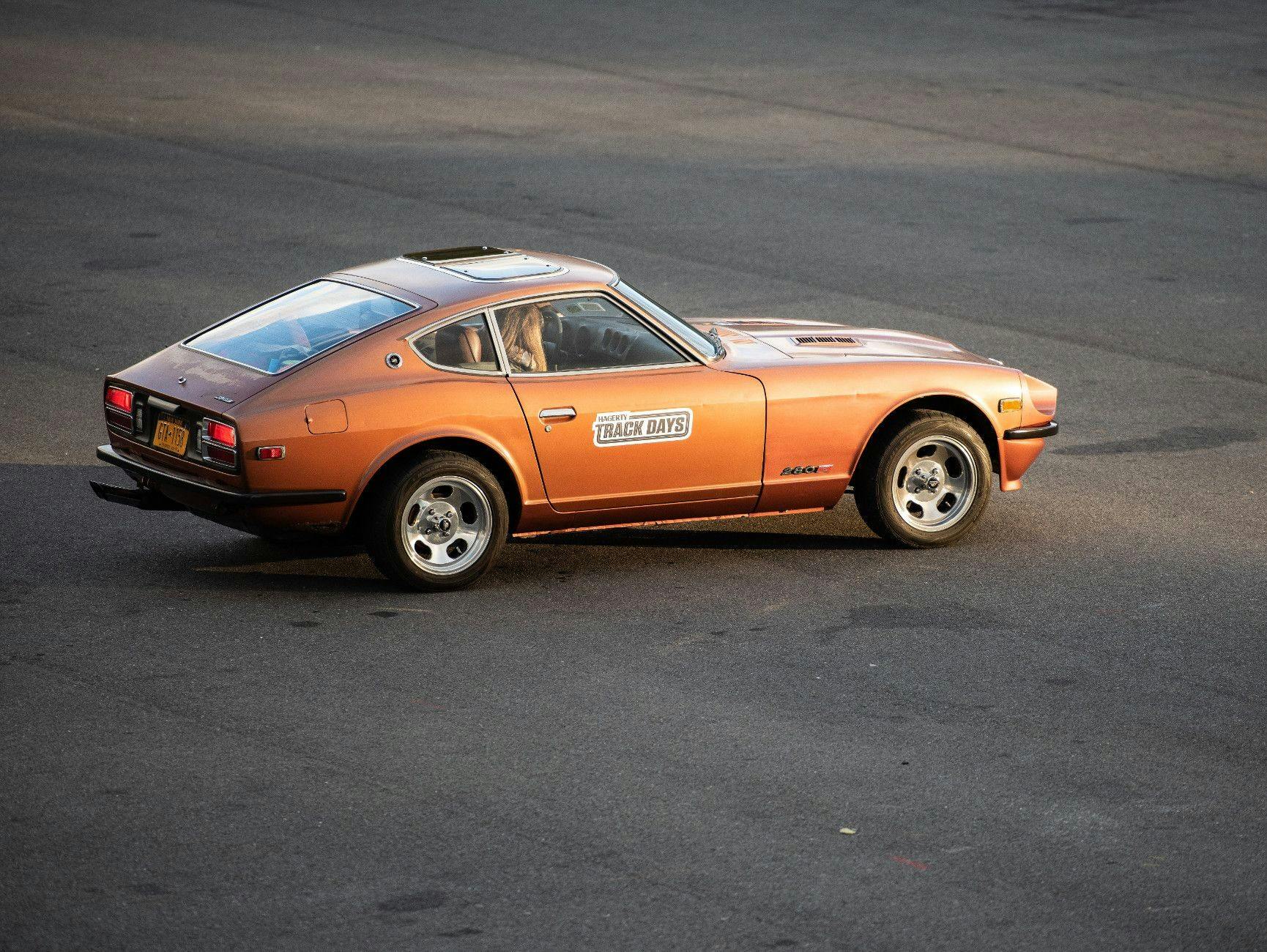
68 to 72 Chevelles are SOO dime a dozen. Nice looking, but too many out there. Dare to be different! And when they restore them, they replace the springs & then the car sits too high & looks like it’s 4wd
I have a really nice ‘70 Matador if you are interested
C’mon man, I had one before I bought my Corvette
Sitting high these days of ginormous SUVs and lifted pick-em-up trucks makes you easier to see in the next lane. 150DB air horns are a plus.
Why would someone want a crappy sounding V10(even from a Viper) when you have so many choices of the awesome sounding V8 Hemi’s.
These prices and charts mean next to nothing. Back when I was heavily into the car biz, I sold cars at BJ. Not bought…sold. And a made a fortune off of guys getting into pissing matches on live international live TV, while wanting to be seen as big shots- that’s all it is.
The prices I’ve seen people pay for useless cars is beyond belief.
Hagerty and Auctions are courageous to track values in the fluid marketplace. I have always considered the intrinsic values my old cars had for me, and still do.
BUT the supply and demand figures reported are REAL and a market consideration when selling.
Re: restomods – I can drive, show, and have fun with my cars without adding modern features. These cars were driven when new and, with aggressive maintenance, can still perform as intended. I see old cars for sale with modern motors, interiors, and suspension. Were those replaced parts passed on to those of us who loved the originals when they were new?
Three months is not a long enough view, especially after the bubble we were riding. All cars are down 15% on average since Oct ’22, and classics were at the top of the bubble. This is more of a correction.
people have value on cars they wish they could buy when they were young. This target is constantly shifting. I never felt I could buy any “toy ” cars until kids college was paid off etc. Now Im 62 and I think people like me are driving the market. When I was young cars I loved were BMW 2002, Datsun Z, Porsche 911,914, Sunbeam Tiger, and ’65-’68 Mustangs.
Those have all gotten almost too expensive now. Plus the fact that I like dependable AC in my cars.
So for me the values are workable any more and I think I’m not alone.
No one has stated what I consider obvious: none of these classics will run properly on unleaded gas with or without ethanol without damaging the head/engine. Additives are not the answer. Only vehicles made from 1973 can run without major modifications to the engines on modern gasolines.
Oldsmobile and Pontiac heads had flame hardened valve seats & do not require lead. My ram air III 1969 400 Pontiac runs great on 91 octane pump gas. I used to buy 5 gallons of race gas and blend it with an 91 octane I could run more ignition lead and lean out the carburetor it would really cook… I would take it for a long cruise & have to fill up with pump gas and re tune the motor so I quit this practice since my car is a driver!BTW I bought this car for about 7K in 1996 I am Charlton Heston about it now you will have to pry it from my cold dead hands…
Buy what you really like and enjoy it.
Shelby prices is probably a temporary dip. They seem to do well regardless.
I’m old, white and slightly overweight. Is it my fault too? BTW Remember the phrase, “Buyer beware”. It will serve you well.
I lost Hundreds of dollars on my 1926 motel T. They are hard to sell even if they are in factory condition.
I own a 79 Cutlass Supreme base model.
2nd owner. 85k miles. A prime example of an affordable classic that can bring more folks into this space.
looks like the model T still prevails after all these years. Only 10% loss pretty incredible.